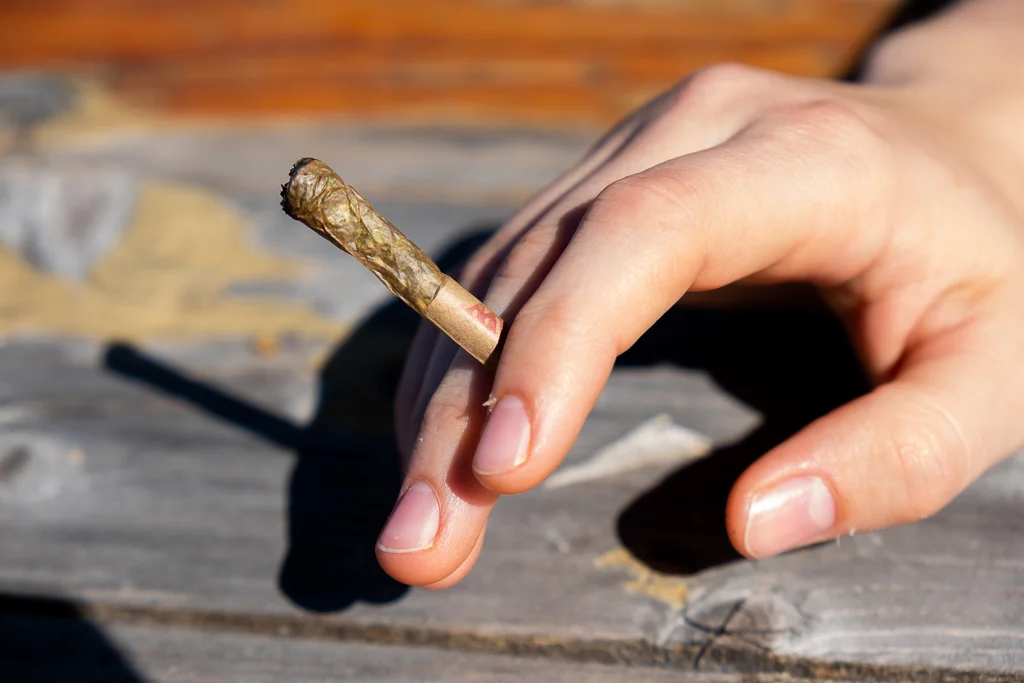
A recent study from the BC Centre on Substance Use and UBC has found an association between daily cannabis use and lowered odds of illicit opioid use, suggesting people who use drugs (PWUD) are substituting opioids with cannabis for chronic pain management.
Between June 2014 and December 2017, researchers interviewed over 1,100 Vancouver residents at risk for opioid overdose who reported having chronic pain. Statistical modelling and self-reported rates of cannabis usage were used to estimate daily opioid usage. Results from the model showed that people who used cannabis daily had nearly 50 per cent lower odds of using illicit opioids than non-cannabis users, while people who used cannabis occasionally and non-cannabis users had the same likelihood of using opioids.
“These findings provide longitudinal observational evidence that cannabis may serve as an adjunct to or substitute for illicit opioid use among PWUD with chronic pain,” reads the study.
Data from the US suggests that when cannabis laws are passed, a reduction in opioid usage and overdoses tends to follow. The current working hypothesis theorizes that people might be substituting their opioid use for cannabis once it becomes legal, as cannabis has analgesic properties and is effective for reducing certain kinds of chronic pain.
“The population I worked with [are] using other illicit drugs, but they do also report very high rates of chronic pain,” said PhD candidate Stephanie Lake, who is the study’s lead author and the co-founder of Canadian Students for Sensible Drug Policy UBC chapter.
“So I thought it might be useful to actually look at people who are living with pain to see how cannabis influences opioid use patterns in the population.”
Perhaps one of the more surprising findings from the study was the number of reasons people reported using cannabis. Commonly reported therapeutic reasons included alleviating pain, stress and nausea, and helping with sleep and appetite stimulation.
“I think for a long time, the research in this population was very focused on certain health or substance-use related issues and cannabis wasn’t a focus at all. It was just expected that cannabis was being used, but in terms of relative risk of cannabis use in comparison to other issues that this population might be experiencing, it was considered low priority,” said Lake.
“I think it’s exciting to actually see that … cannabis isn’t just one drug that’s just used whenever it’s available, it’s really used intentionally to achieve certain purposes.”
At this time, the findings are more preliminary as researchers solely looked at self-reported use of cannabis, illicit opioids and pain levels. Further experimentation needs to be done to acquire detailed information about whether people are substituting opioids for cannabis with the specific intention of managing chronic pain.
“I think these findings are exciting because they kind of give us a little bit of insight to how we might see the future of cannabis research in this population, who are already using cannabis in high rates,” said Lake.
“[The next step is seeing] how we can work with that information to move the science forward.”

